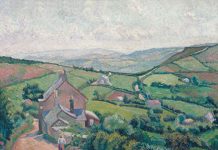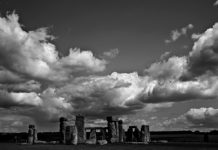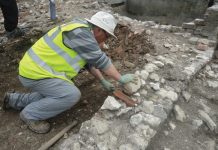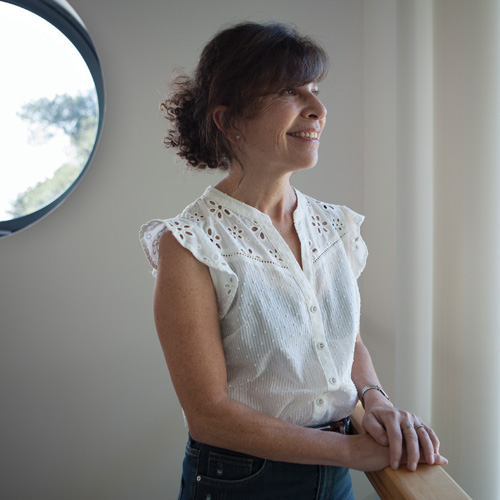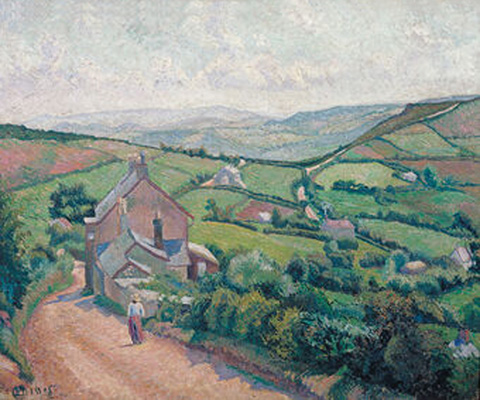Broadchurch has finished now on TV and the large number of viewers claimed has been amazing. We have noticed the increased number of cars and visitors, and with good weather, shops and kiosks have had plenty of trade, and no doubt hotels and bed and breakfast establishments have also. I am sure the local Tourist Information is pleased. Chris Chibnall the writer of Broadchurch is to be congratulated. The magnificent views of cliffs, beaches and terrain all added to the experience.
Recently I saw a programme on BBC4, repeated from last November which told the story of Television’s Opening Night: How the Box was Born. It told the story of the first live TV broadcast on 2nd November 1936. No recording exists of this historic event, so the programme attempted to re-create it, with actors playing the parts of the original engineers and artists. The BBC transmitted the original programmes from Alexandra Palace, hence my title. I have written about this before, but thought it was worth another mention as we have just passed the 80th anniversary of television, so it is 80 years plus 7 or 8 months from that first broadcast. Without what came to be known as “Ally – Pally” we should not have been able to enjoy Broadchurch and so much more. After the early trial broadcasts, transmissions ceased during the war and engineers were diverted to the war effort. Television was of course closely allied to radar.
The story of the development of television is similar to that of radio, which preceded it, the drive of one man being responsible. In the case of TV that man was John Logie Baird. He was born in Glasgow in 1888, a son of the manse, but Baird started training with the Clyde Valley Electrical Power Co. In his early days he apparently tried to get rich quickly by making artificial diamonds using Clyde Valley power and so lost his job. He then tried to earn a living in 1918 by selling a variety of goods, like inflatable boot soles, then jam and chutney and thermal socks, the latter being moderately successful. He moved to the south of England for health reasons and in 1923 he first demonstrated “Seeing by Wireless” in Hastings, producing an image of a plus sign “+”, but his landlady became tired of his apparatus everywhere. He moved to 22 Frith Street, Soho and continued development.
Baird’s system was both mechanical and electrical and required the image to be transmitted to be highly illuminated and in bold contrast. The reflected light was scanned by a spinning perforated disc, previously invented by Nipkoff to operate a photocell. This produced a variable electric current which could be transmitted by radio to illuminate a light source to be scanned by another perforated disc, synchronised with the first, to produce the final image.
In 1925 Baird televised an image of a ventriloquist’s dummy “Stooky Bill” from one room to another. The picture of his “Televisor” was half the size of a postcard, with an orange and black image of only 30 lines. In 1927 Baird’s Chief Engineer was also a “Radio Ham” (amateur) and transmitted live TV pictures across the Atlantic to the home of a fellow “Ham” near New York. Yet I have heard Americans say that California was where TV was invented.
During my time in engineering I had the coincidence of working consecutively with two engineers in two separate companies who had both worked with Baird. They knew each other and both independently spoke very highly of him as an inventor and thought he had been badly treated by history. One colleague has written some of his reminiscences and spoken about them on BBC Radio 4. This colleague coincidentally holidayed at Charmouth for many years.
Baird showed the BBC his ideas and discussed setting up a TV broadcast service but was ignored for some time. Eventually a trial was proposed between the Baird system and an electronic system produced by Marconi – EMI, probably better funded, for 6 months commencing in November 1936, using 405 lines originally. EMI engineers McGee and Lubszynski had worked on a cathode ray tube to display images, ready just in time. The electronic system eventually prevailed and was capable of much more development than the Baird system. In both cases, like so many developments, they were both based on a number of earlier inventions by others. The components used by both systems had been developed over many years by other inventors/engineers, for example the photocell by Carey in 1875, the Nipkoff (or Nipkow) disc in 1885, the basic cathode ray tube by Rosing in 1911 and radio transmission/reception by Marconi from 1896.
Both the Baird company and Marconi – EMI were heavily engaged in the war effort, but once peace was restored they could reconsider their position in various markets. It was some time before the TV network was able to reach the whole of the UK. Happy viewing!


